I learned this milk steaming hack at barista school, and my latte art instantly improved
How to practice latte art without wasting milk
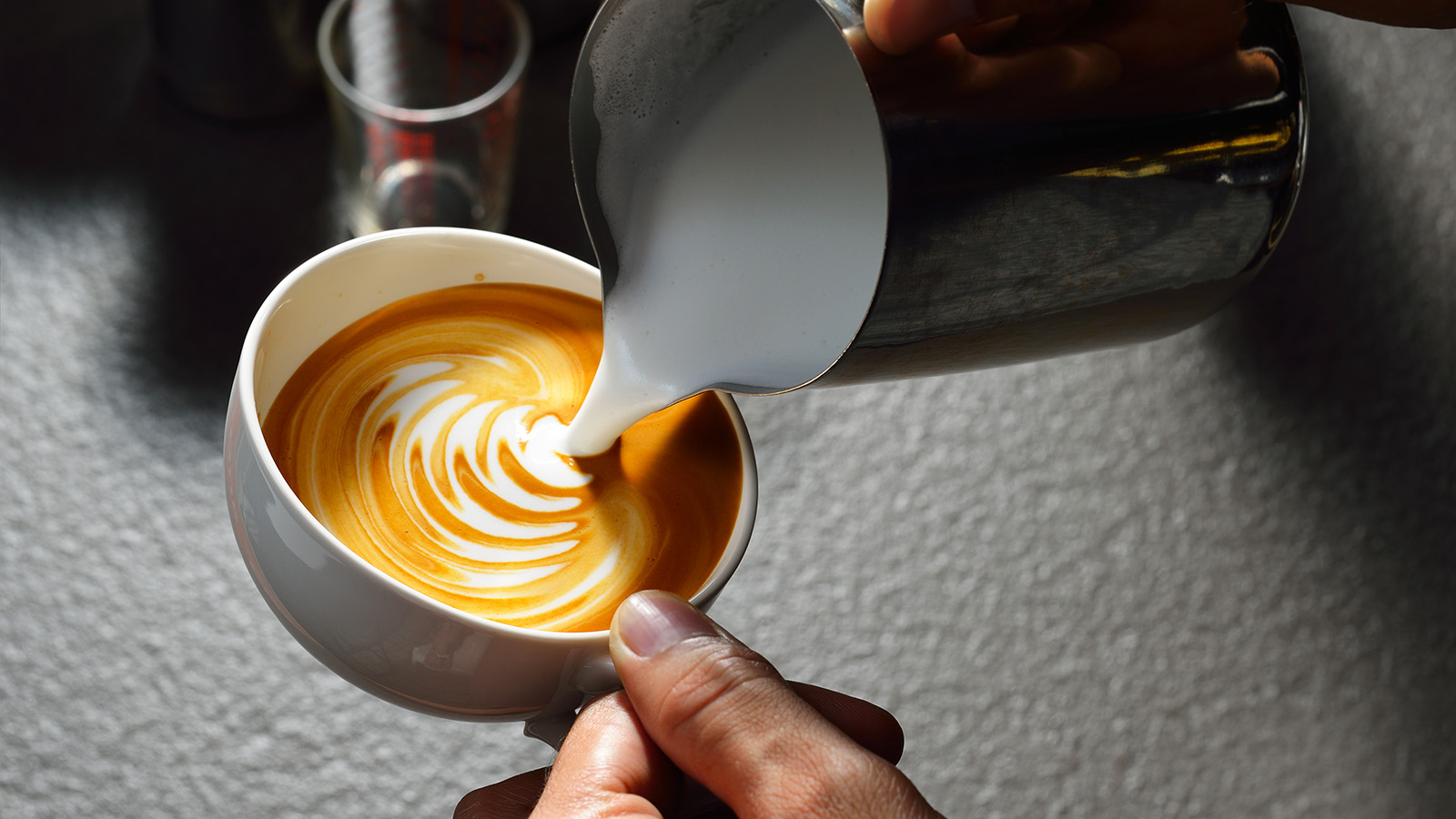
Baristas spend hours a day steaming milk and pouring lattes, so it only makes sense they'd master the art of pouring tulips, hearts and rosettas much faster than your average home brewer.
My role at Tom's Guide is to test all the latest espresso machines and the best coffee makers, and in a quest to remove human error from my testing process, I recently went to barista school to learn how to make the perfect cup of coffee. There, I learned a quirky but cost-effective hack that will help you practice the art of steaming milk without wasting tasty espresso and gallons of milk. And since I learned this trick, my latte art has improved significantly.
Practicing latte art using soy sauce and dish soap
Without question, I've never tasted a better espresso than the ones I made at barista school. The school I went to, the London School of Coffee, also offers a class on roasting coffee beans, and they use these super-fresh beans in their barista skills lessons, so every shot I pulled was absolute perfection. Wasting it was not an option.
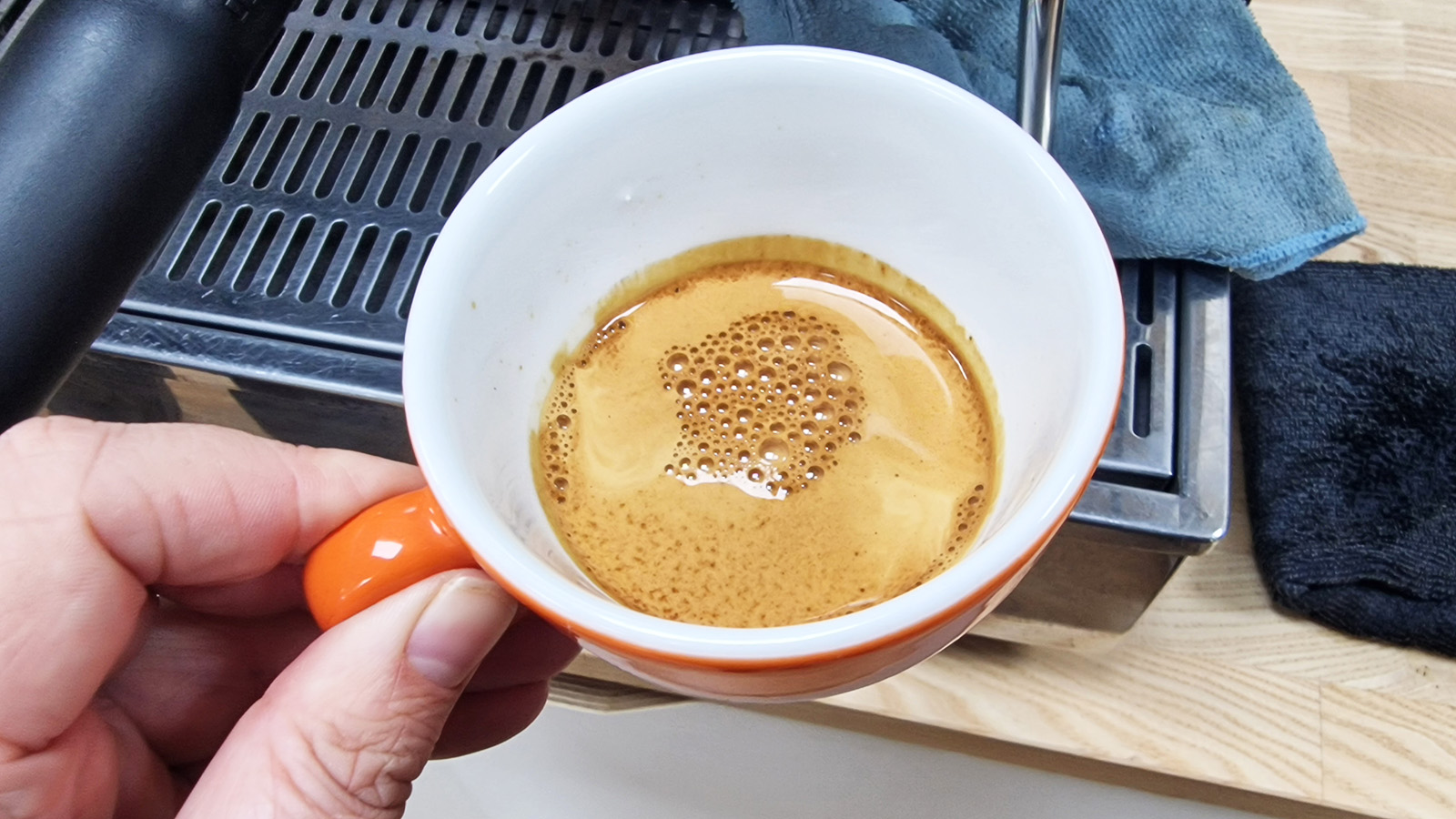
After many years of making lattes at home using my Breville coffee maker, I had more skills than many of my classmates, but we were all far from barista-level latte artists. So before letting us loose with gallons of fresh milk and countless espressos, our teacher set us up with two unlikely ingredients: dish soap and soy sauce.
When you steam milk, you first need to "stretch" it. This requires adding the right amount of air to your milk using your steam wand to create a glossy foam that's the perfect thickness to pour latte art. Texturing milk correctly requires a lot of practice, and if you don't do it right, you've got no chance of pouring latte art. Too thin and you've just got a milky coffee, too thick and you'll have a cappuccino with a very rigid, dry top layer of milk.
Once you've got the right texture, you need to learn to pour. The soy sauce plays the role of espresso in this lesson, sitting at the bottom of the cup. Similar in texture and color to real espresso, it combines with soapy water to make a scarily realistic latte.
Using dish soap to practice latte art

You'll be shocked at how instantly your cold water and dish soap starts to resemble milk after just a few seconds of steaming. It even turns pearly white, and if you're steaming correctly, should achieve the same level of microfoam as milk would achieve under the same condition.
Sign up to get the BEST of Tom's Guide direct to your inbox.
Get instant access to breaking news, the hottest reviews, great deals and helpful tips.
- Add a drop of dish soap to your jug of cold water. For the best results, make sure your water comes just under where the start of the pouring spout begins
- Purge your steam wand to remove excess water
- Insert your wand into your water at an angle, and then turn it on again
- Aim for a sound like paper tearing. This means you're adding air to your water mix. If it screeches, you're doing it wrong! At this point, the mix should start to resemble milk as you aerate the water with the dish soap.
- After about five seconds (although this is dependent on the machine you're using), lower the steam wand further down into your liquid, where it should create a vortex of spinning liquid and integrate those bubbles for an evenly-steamed consistency
- You should touch the outside of your milk jug throughout the steaming process. When it becomes too hot to touch for longer than a second, stop steaming. Otherwise, you run the risk of burning your milk.
Having a dependable milk jug is a huge part of pouring the best latte art. I did away with the one that came with my espresso machine and treated myself to Subminimal's FlowTip, which has a perfectly angled spout that makes pouring latte art easier.
Using soy sauce to practice pouring
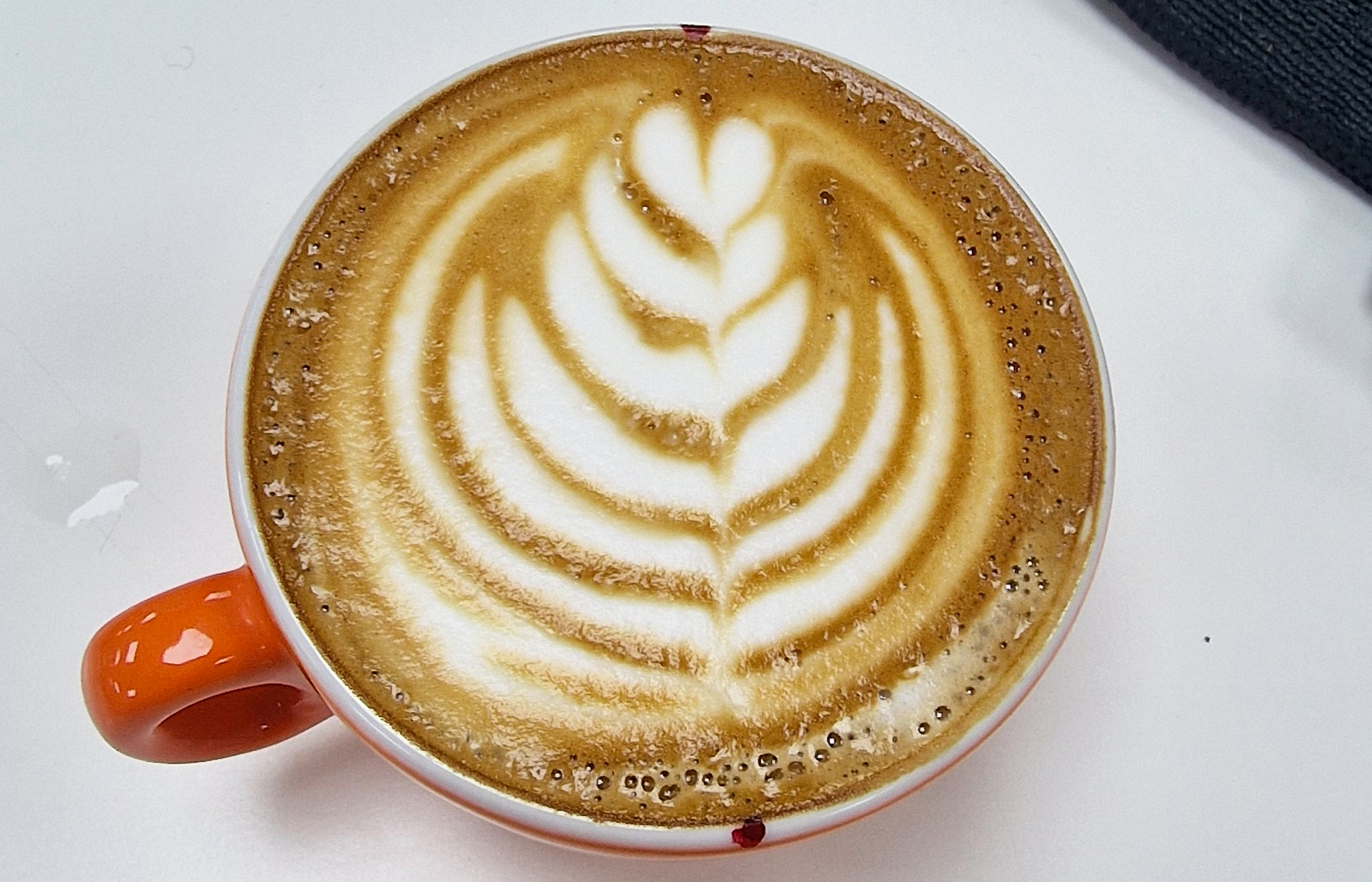
You could also use food coloring to practice this step, but we learned with soy sauce, which has roughly the same color as espresso.
- Swirl your "milk" in the jug to remove any surface-level bubbles and integrate your foam for a glossy consistency
- Slowly pour this into your mug, moving your jug in a circle around the mug as you do it. This will prevent your milk from sitting at the top of your cup, and create movement which will help you to create shapes
- Tilting your mug towards the lip of the jug, allow the foam to form on top of your drink.
- Pull through this shape, lifting your jug higher, to create a heart shape.
- As you advance, you can start to practice other shapes. I'd recommend looking up YouTube videos on how to pour rosettas and tulips, which are trickier to pour than heart shapes.
Why this hack works
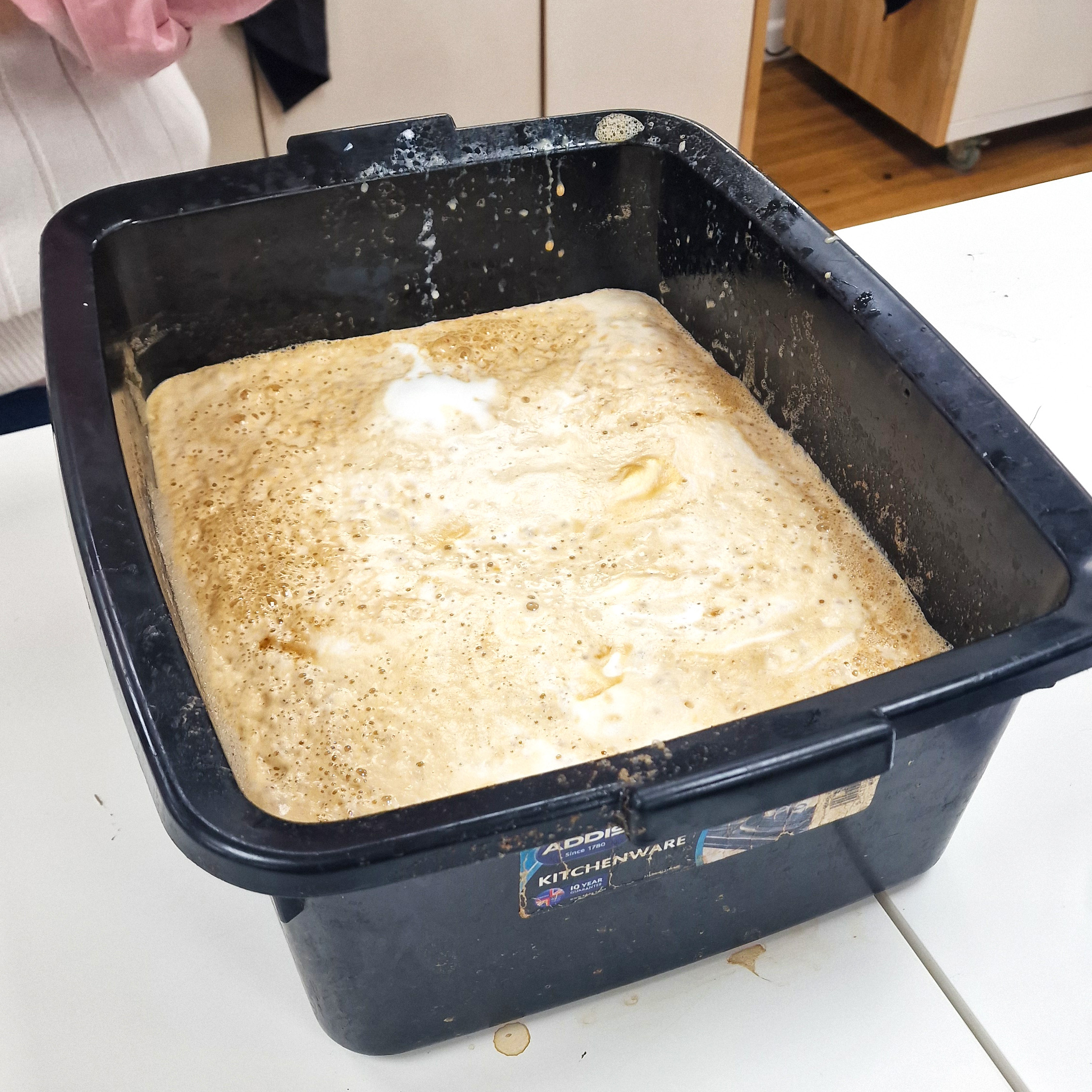
Latte art takes practice, but if, like me, you drink one latte a day, you could spend years mastering it. Instead, by churning out soapy soy after soapy soy (remembering not to drink it!) you'll shortcut that process, without wasting any milk. After an hour or so of practice, my class had a scarily realistic-looking vat of practice 'lattes'.
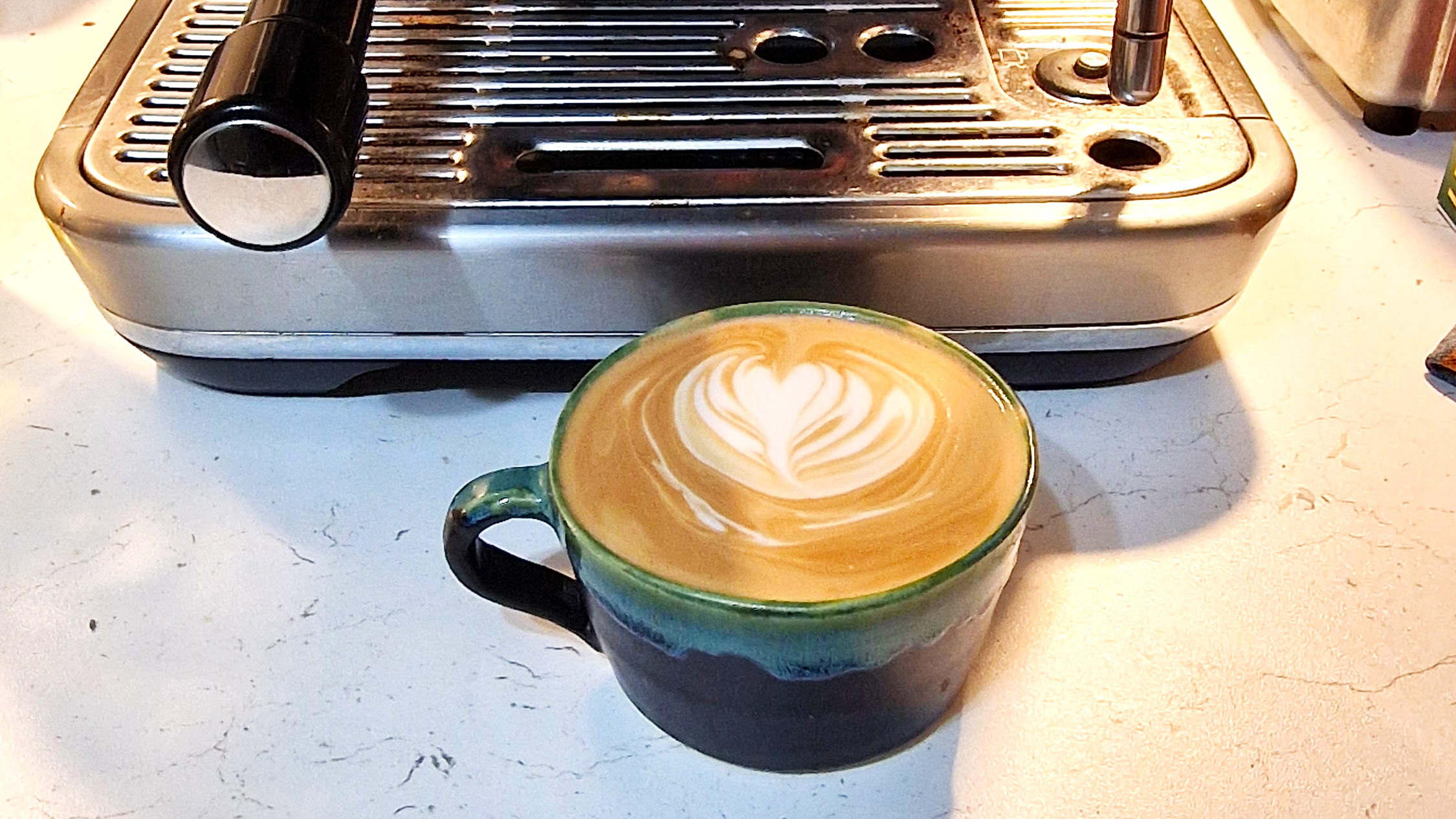
When we were then trusted to use real milk and real espresso, we were able to make some pretty impressive lattes. The dish soap and water combination really does mimic milk perfectly. If anything, pouring milk felt a little easier than pouring soapy water!
More from Tom's Guide

Millie is the Senior Home Editor at Tom's Guide. She's been reviewing home tech for over five years, testing everything from coffee makers to the latest vacuum cleaners. Starting out in 2019 as a Staff Writer at TopTenReviews, Millie then moved on to Future's Homes portfolio, where she eventually oversaw all product testing as Head of Reviews.
With particular expertise in cookware and kitchen appliances, you'll struggle to find an air fryer Millie's not tested. She's traveled the world reporting on the latest home innovations and product launches, learning how to use pizza ovens from Pizzaiolos in Naples, and touring the De'Longhi factory in Venice.
When she's not reporting on home and appliance trends, Millie loves watching live music. She's currently learning the guitar - naturally, she plays a Fender.

